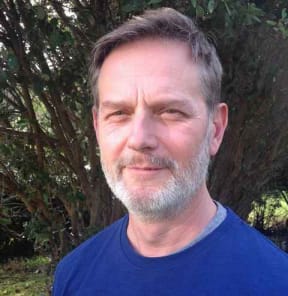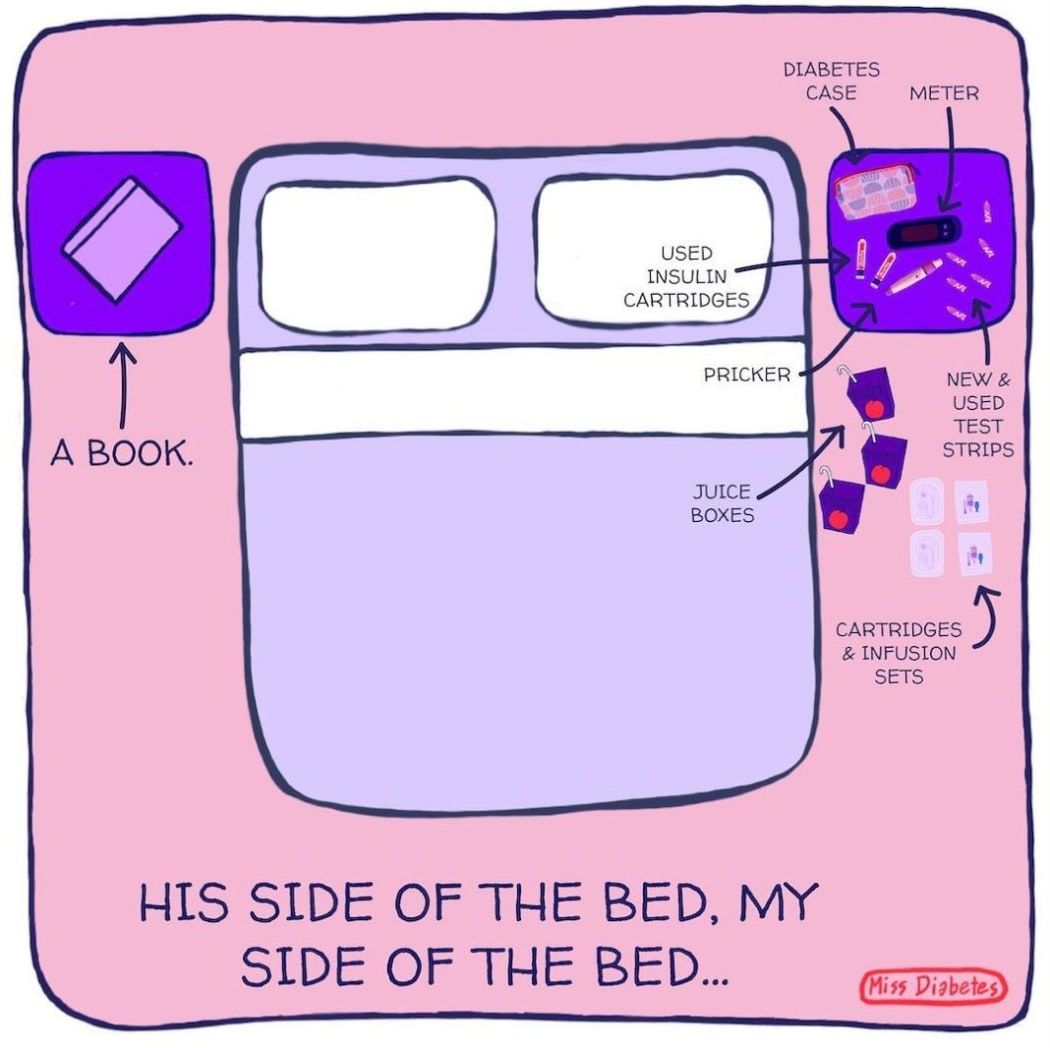Comics are a great way to communicate ideas, says Neal Curtis, so why not use them to share important medical information with New Zealanders?
Alongside a group of local scientists and illustrators, the Auckland University professor is developing a collection of comics to raise awareness of brain tumours.

Photo: Robina Weermeijer

Auckland University arts professor Neal Curtis Photo: Supplied
Graphic medicine – the use of comics to illustrate medical information – is a term first coined by English GP and cartoonist Ian Williams who drew a weekly comic strip for the Guardian called Sick Notes.
So far, Neal says the art form has largely been used as a way for people suffering from certain diseases or illnesses to "speak back" to medical institutes, and also to help clinicians develop empathy for what patients go through.
Yet while writing his most recent book on the post-truth age, Neal started wondering about how comics could be used to push back against conspiracy theories and help disseminate important scientific information.
When he contacted some university colleagues to ask if they were interested in translating their work into comics in order to reach more people, Neal connected with a fellow man on a mission – brain tumour specialist Dr Thomas Park.
"He said, Look, I'm doing this thing on brain research because we don't have a brain tumour registry, [New Zealand is] one of the only developed nations that doesn't have a dedicated brain tumour registry … and also, we don't do clinical trials here."
Now, with some funding from the Health Research Council, Neal is developing a collection of comics related to brain tumours with Auckland University's Centre for Brain Research and a group of eight NZ artists.
The first to be confirmed is by New Zealand/Samoan comic illustrator Janina Gaudin (aka Miss Diabetes) who has worked on campaigns for the World Health Organisation and American presidential candidate Bernie Sanders.

A cartoon by NZ illustrator Janina Gaudin, aka Miss Diabetes Photo: @missdiabetes
Janina was tasked with illustrating an important yet "very, very dry" subject, Neal says – the process of testing tumour samples in a lab.
"We're just explaining to people what the lab flow is to show them where there can be delays or why it takes so long, and how labour-intensive it is."
Next up will be a comic for children, explaining the behavioural changes of parents who have brain tumours – "trying to help them understand their parent's still there but at the moment being driven by this sort of Gremlin inside their head".
While Janina's comic is designed for scrolling through on a mobile phone, future comics will be presented in a traditional PDF page format on both the University of Auckland website and the Brain Tumour Support NZ website in the second half of 2024.
Neal hopes they might get "international traction" as while there are several comics out there about cancer, particularly breast cancer, there aren't many around on brain tumours, the exceptions being work by the American teacher Adam Bessie and the late Scottish artist Gordon Shaw.
He also recommends Katie Green's graphic memoir Lighter Than My Shadow about anorexia and Paula Knight's graphic memoir The Facts of Life about infertility.
Graphic medicine is "a really hopeful space" where great human stories are told, Neal says.
"These are really profound works and beautifully drawn."
Watch the trailer for a doco about the Scottish comic artist Gordon Shaw:
Neal's personal passion for comics developed in the early '90s while he was doing a PhD in philosophy and ethics.
"I was reading so much philosophy and so much critical theory and so much academic stuff and I thought 'What if I just go to the comic shop and might be able to find a tiny little snippet of fiction that I can quickly digest?
"So I went to the comic shop, and that was it. I never got out. I'm still there."
After teaching visual narrative at an academic level for 13 years, Neal believes everybody can draw, it's just about finding out your own style and making the most of it.
"Sometimes, what people would call a very bad drawing actually has a fantastically unique style."
Comics are a "very democratic" medium, too, and mostly about authenticity. He encourages his Auckland University students to work with just pencil and paper which draws out their most intimate stories.
"Even f you're not the best technical drawer but you've got a story to tell and you're honest and you're authentic, people will lap it up."
Neal says he's always blown away by his students' creativity and skill.
"Every year, I think they're not going to be as good as last year, every single year they're just as good."

